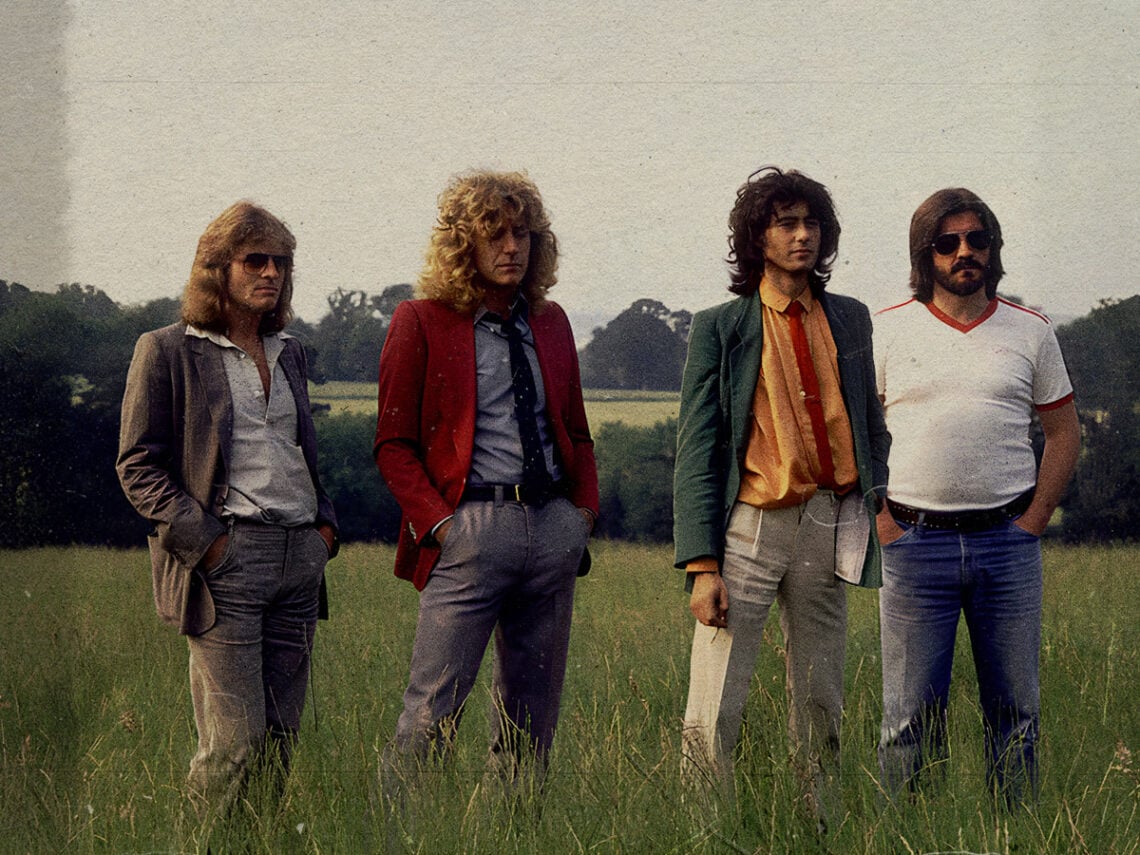Each member of Led Zeppelin had a fascinating story before they coalesced. A supergroup in all but name, they brought together two of London’s finest musical minds and a pair of the West Midlands’ foremost powerhouses under the same banner, meaning that, without knowing it, they had all the minerals to take over the world and topple the ailing Beatles from their perch. Led by guitarist Jimmy Page, they went from strength to strength, and if it weren’t for the untimely death of drummer John Bonham, they might still have been going.
Page was the driving force behind the band, and it was his previous and incredibly lucrative work as one of London’s most revered session musicians that would pave the way for Zeppelin to form and change the lives of each member. The guitarist had a hand in some of the era’s biggest hits before joining The Yardbirds in 1966, and the contacts he would make along the way would prove invaluable for his future.
One man he encountered was John Paul Jones, an acclaimed multi-instrumentalist and arranger, who would become the bassist of Led Zeppelin when Page formed them out of the ashes of The Yardbirds. He then happened across the other two Zeppelin members after high-profile session vocalist Terry Reid – his first choice for the singer – turned him down and suggested Band of Joy frontman Robert Plant instead. Although London was a world away from the Black Country, Plant leapt at the idea and brought along his best friend and drumming maestro, Bonham.
While each half of the band came from different worlds, when they first rehearsed together in August 1968 on Gerrard Street, it was clear to all that they had immense collective power. Something intangible was at play, and the group stormed through their first song, ‘Train Kept A-Rollin”, a rockabilly classic with synchronised verve. This was the confidence booster they needed before their Scandinavian tour in September.
They were The New Yardbirds at this point, and before departing for the cold Nordic north, the future Led Zeppelin demonstrated what they could do when drafted in for a slice of session work courtesy of Jones. It was for the P.J. Proby album, Three Week Hero, which makes the record the first time all four Led Zeppelin members recorded together. The first studio track they all featured on was ‘Jim’s Blues’, which confirmed that this new outfit had giant collective might.
Jones was hired to arrange and play on Three Week Hero months before he joined The New Yardbirds. As a principled man, instead of not turning up, he sensed an opportunity and asked if his new band wanted to help work on the record, which they universally agreed to do. Page already knew Proby from his own session career and had worked with him on the 1964 hit, ‘Hold Me’.
A deeply bluesy number featuring Page’s expressive soloing, the rumbling rhythm section of Jones and Bonham, Plant’s wailing harmonica and Proby’s earthy vocals, the song would retrospectively be regarded as the moment that Led Zeppelin conceived their swaggering early sound. Just the following year, they would release their first duo of albums, and each would feature the band increasingly experimenting with blues rock and attempting to instil pure atmosphere and dynamism into it, following the lead of the smokey ‘Jim’s Blues’.

